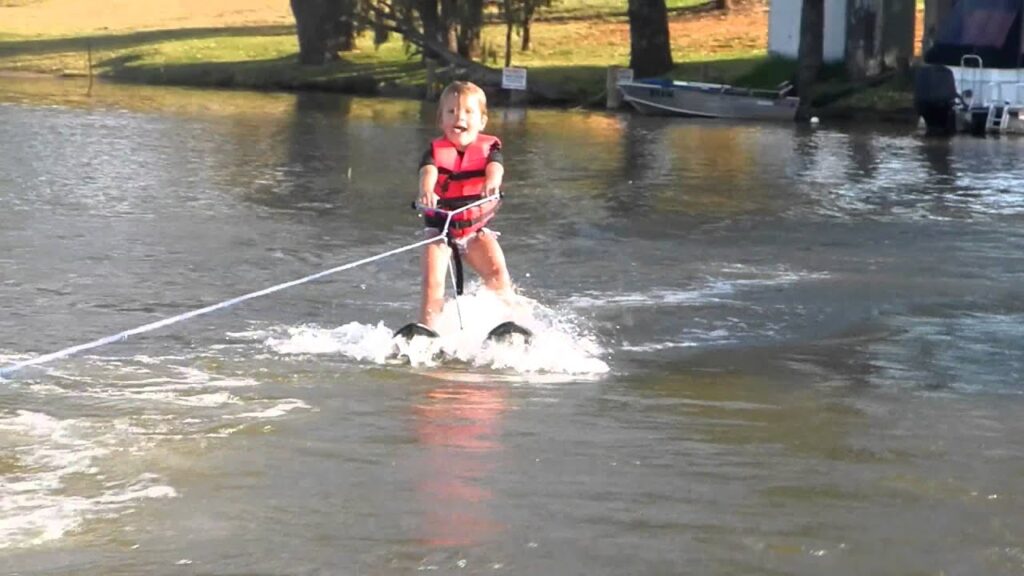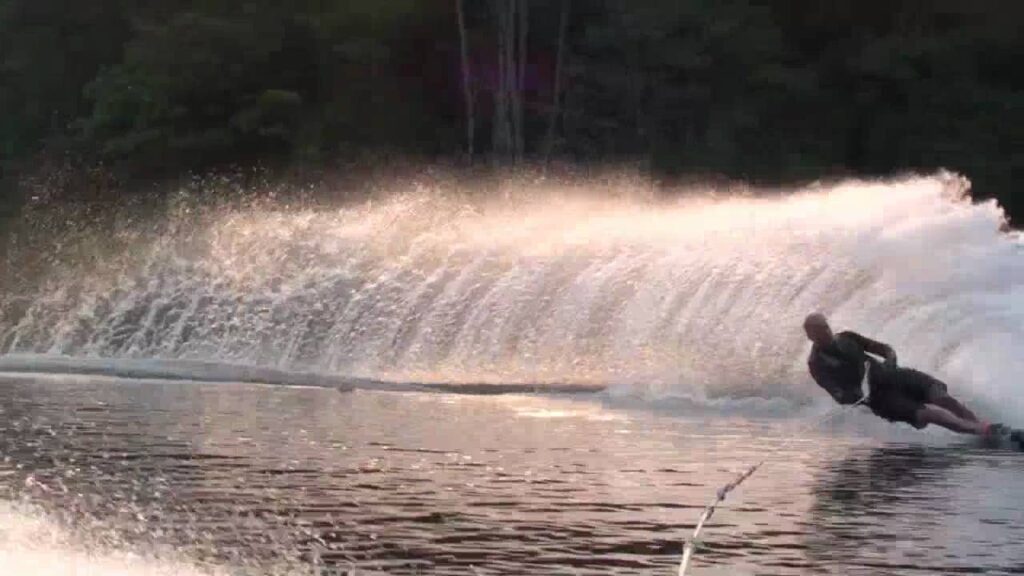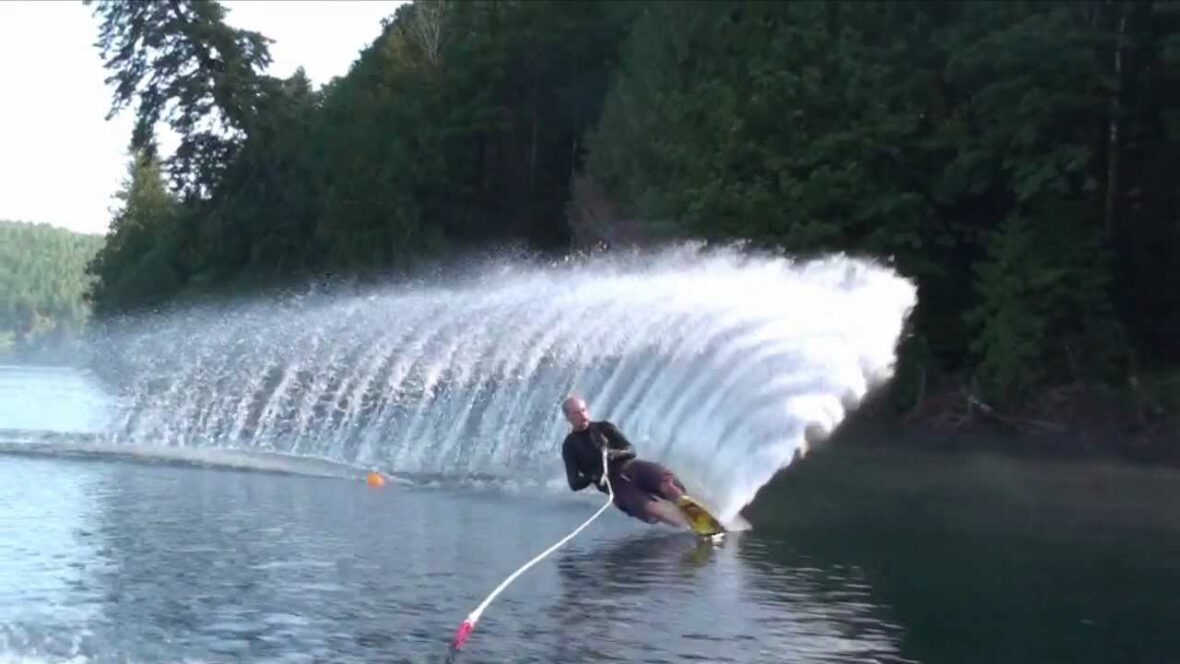Water skiing is a sport that combines the elegance and power of alpine skiing and the acrobatic ability of gymnastics. The water skier is pulled across the water by a motorboat moving at least 24 km/hr. (15 mph). While skiing, the skier holds onto a handle on a rope attached to the rear of the boat and leans slightly backward to achieve balance. Balance is especially important in water skiing! Take a look below for 30 sick and interesting facts about water skiing.
1. Water skiing was invented in Minnesota by the American Ralph Samuelson in 1922.
2. He was the first to water-ski in 1922 at Lake Pepin, Minnesota.
3. Fred Waller of Long Island, New York received the first patent on a design for water skis in 1925.
4. Water-skis derive from the aquaplane, a wide riding board towed by a motorboat.
5. Aquaplanes were very popular in the U.S., France, and Switzerland.
6. In its early period, water skiing was limited to the meek demonstration of balance by the athlete as they were transported across the water.

7. Water skiers could be pulled at significantly greater higher speeds with the development of increasingly powerful motorboats. Water-skiing expanded to include three distinct components: slalom skiing, trick skiing, and barefoot skiing.
8. Slalom skiing requires precise timing, the ability to turn sharply, and skill in crossing the boat’s wake.
9. Slalom Skiers can double the speed of the boat as they cross the wakes. This applies to skiers when they are pushing their personal bests.
10. In barefoot skiing or barefooting, the skier skims along the surface of the water without skis.
11. There are also different types of acrobatic tricks like ski jumping, where the skier is pulled by a towboat towards a ramp that is approximately 21 ft. (6.5 m) long and 6 ft. high (1.8 m).
12. From its invention in the U.S, water skiing was introduced to parts of Europe.

13. Water skiing achieved particular popularity in areas such as the French Riviera.
14. In 1949 the International Water Ski Federation (IWSF) was founded.
15. Today, water skiing is popular in all countries that possess access to water.
16. The IWSF sponsors a World Cup water ski tour with professional competitors.
17. In the 1960s ski kite-flying became a popular water skiing activity, both for recreation and competition.
18. Wearing one or two skis, the skier is attached to a large lightweight kite by a body harness. If there’s a good wind, the skier is lifted off the water and he/she glides in the air behind the towboat, sometimes at heights of 30 m above the water.

19. In 1972, water skiing debuted at the Munich Olympic Games as a demonstration sport.
20. It has not returned as an Olympic sport even though the International Water Ski Federation is trying to add it again.
21. Water skis are made of wood, aluminium, fibreglass, or other materials.
22. For trick or figure water skiing, the skis are shorter than the regular ones and have no fins. That feature allows the skier to turn around completely during the performance of stunts.
23. In competition, trick water-skiers are required to perform on two skis and the mono ski, on flat water, and in the wake of a boat.
24. Competitors are allowed to make two 20-second passes in front of the judges, performing as many slides and turns as they can execute at that time.

25. Water skiing competitions also include jumps. The judges give a score to the skiers both for distance and for style.
26. For best distance, the skiers cut sharply against the boat’s wake and hit the ramp as they swing far out to the side.
27. A boat should only tow a water skier if there are at least two people inside it, the captain and one other passenger.
28. The captain’s task is to observe the surroundings, while the second passenger is responsible for observing the water skier.
29. Operating a towboat without a passenger watching over the water skier is a serious mistake that greatly increases the risk of an accident-related injury.
30. A skier can achieve jumps of up to 48.7 metres using a 1.8 metres high ramp with a boat speed of 56 km/hr.




